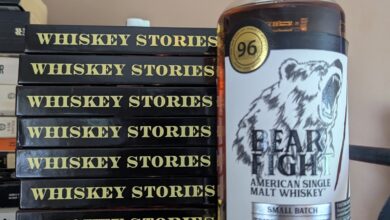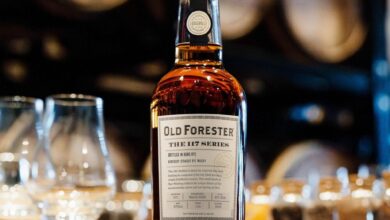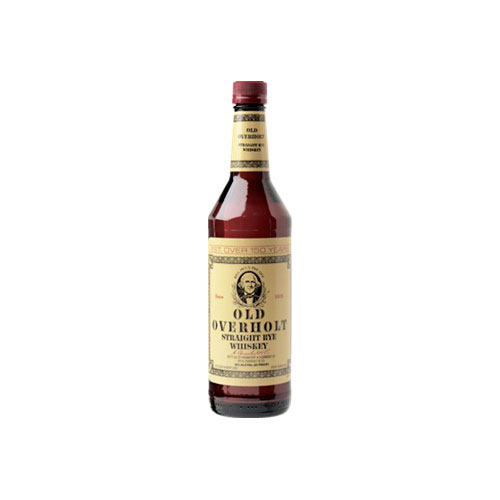Leopold Brothers Adds Floor Maltings To Its Repertoire
Centennial State craft distillery Leopold Brothers already had a claim to being one of the most interesting whiskey producers in the United States when it commissioned Vendome to build it an antique-style, three-chamber still. Three-chamber stills were once a common (albeit not universal) feature of the Pennsylvania approach to making rye whiskey, and Leopold Brothers was already known for (paradoxically) making a Maryland style rye in their Colorado workshop.
Now co-founder Todd Leopold has added floor maltings to the distillery’s repertoire. Although not exactly rare, doing your own floor maltings are considered an old fashioned practice in the Scotch whisky industry. In America, even in the varied environment of craft distilling, floor maltings are positively exotic. Still, Leopold has the grounding: he earned his Malting & Brewing diploma from Chicago’s Siebel Institute of Technology, then later studied lager beer production at the Doemens Academy in Munich, Germany, and floor maltings at the Springbank distillery in Campbeltown, Scotland.
The Leopold malting floor can handle 20 tons of barley at a time. At a cool 55 degrees Fahrenheit, the green malt is turned and raked by hand for days on end until germination has concluded. Drying in a Doig-inspired-style kiln follows, with maltings fresh from the kiln transferred to bagging within an hour of final curing.



